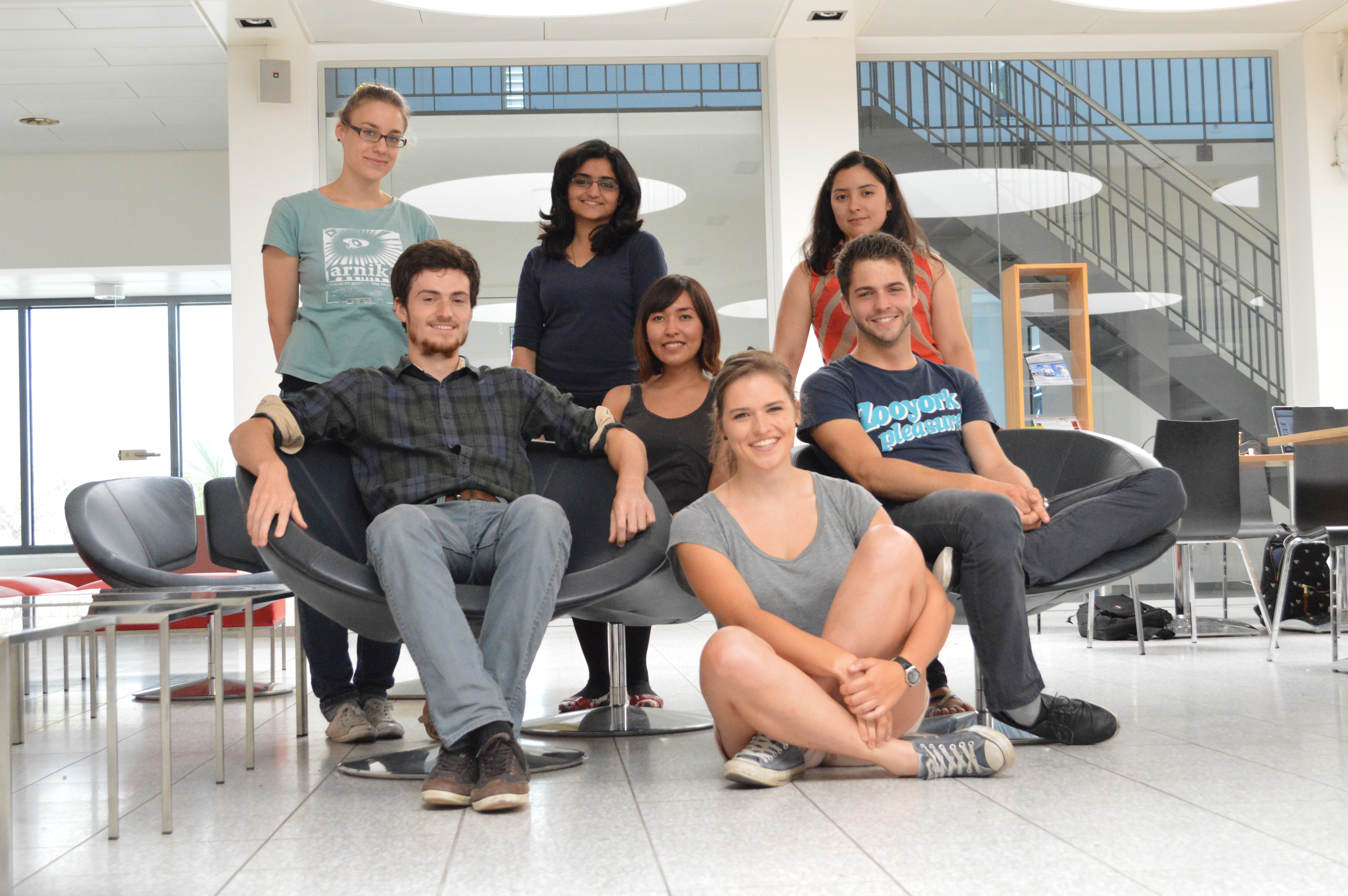Team:ETH Zurich/Templates/Test3
From 2013.igem.org
| Line 5: | Line 5: | ||
<br> | <br> | ||
<html> | <html> | ||
| - | <div style="display: table; table-layout: fixed; max-width:1000px; width: 100%; margin: 0 auto; position: relative; height: 100%;"> | + | <div style="display: table; table-layout: fixed; max-width:1000px; width: 100%; margin: 0 auto; position: relative; height: 100%; min-height: 800px;"> |
<div style="display: table-row; height:100%;"> | <div style="display: table-row; height:100%;"> | ||
<div style="display: table-cell; vertical-align: top; width: 300px; height: 100%; padding-bottom: 70px;"> | <div style="display: table-cell; vertical-align: top; width: 300px; height: 100%; padding-bottom: 70px;"> | ||
| Line 126: | Line 126: | ||
if (navigator.userAgent.match(/msie/i)) | if (navigator.userAgent.match(/msie/i)) | ||
{ | { | ||
| - | + | /* if ($("#bxsliderText").parent().css("height") != $("#bxslider").parent().css("height")) | |
| - | setTimeout(function() {$( "#bxsliderText" ).parent().css({"height": $("#bxslider").parent().css("height")});}, | + | setTimeout(function() {$( "#bxsliderText" ).parent().css({"height": $("#bxslider").parent().css("height")});}, 100); */ |
| - | + | ||
} | } | ||
| Line 149: | Line 148: | ||
sliderText = $('#bxsliderText').bxSlider({'mode': 'fade', 'controls': false, 'pager': false, 'auto': false, "responsive": false}); | sliderText = $('#bxsliderText').bxSlider({'mode': 'fade', 'controls': false, 'pager': false, 'auto': false, "responsive": false}); | ||
slider = $('#bxslider').bxSlider({onSlideBefore: function(slideElement, oldIndex, newIndex){sliderText.goToSlide(newIndex);}}); | slider = $('#bxslider').bxSlider({onSlideBefore: function(slideElement, oldIndex, newIndex){sliderText.goToSlide(newIndex);}}); | ||
| - | $('#bxsliderText').parent().css({"height": "100%"}); | + | $('#bxsliderText').parent().css({"height": "100%", 'min-height' : '500px'}); |
$('#bxsliderText').parent().parent().css({"height": "100%"}); | $('#bxsliderText').parent().parent().css({"height": "100%"}); | ||
$('.bx-viewport').bind('mousewheel', function(event, delta, deltaX, deltaY) { | $('.bx-viewport').bind('mousewheel', function(event, delta, deltaX, deltaY) { | ||
Revision as of 15:35, 26 September 2013
Colisweeper is an interactive, biological version of the Minesweeper computer game, based on luxI/luxR quorum sensing and chromogenic enzymatic reactions. The goal is to clear an agar “minefield” without detonating mines.
Genetically engineered Escherichia coli colonies are used as sender-cells (mines) and receiver-cells (non-mines). Mines secrete the signaling molecule N-(3-oxohexanoyl)-l-homoserine lactone (OHHL) whereas non-mines process the signal. To distinguish between OHHL-levels, a library of PLuxR promoters with various sensitivities was created through site-saturation mutagenesis. High-pass filters were constructed to control the expression of different orthogonal hydrolases in non-mines, depending on the number of surrounding mines.
Additionally, the mines express their own hydrolase.A spatiotemporal reaction-diffusion model was established to evaluate and improve the system. To play Colisweeper, a colorless substrate solution is pipetted onto a colony of choice. The result is a defined color change within minutes, allowing identification of the played colony and the number of mines surrounding it.
 "
"















